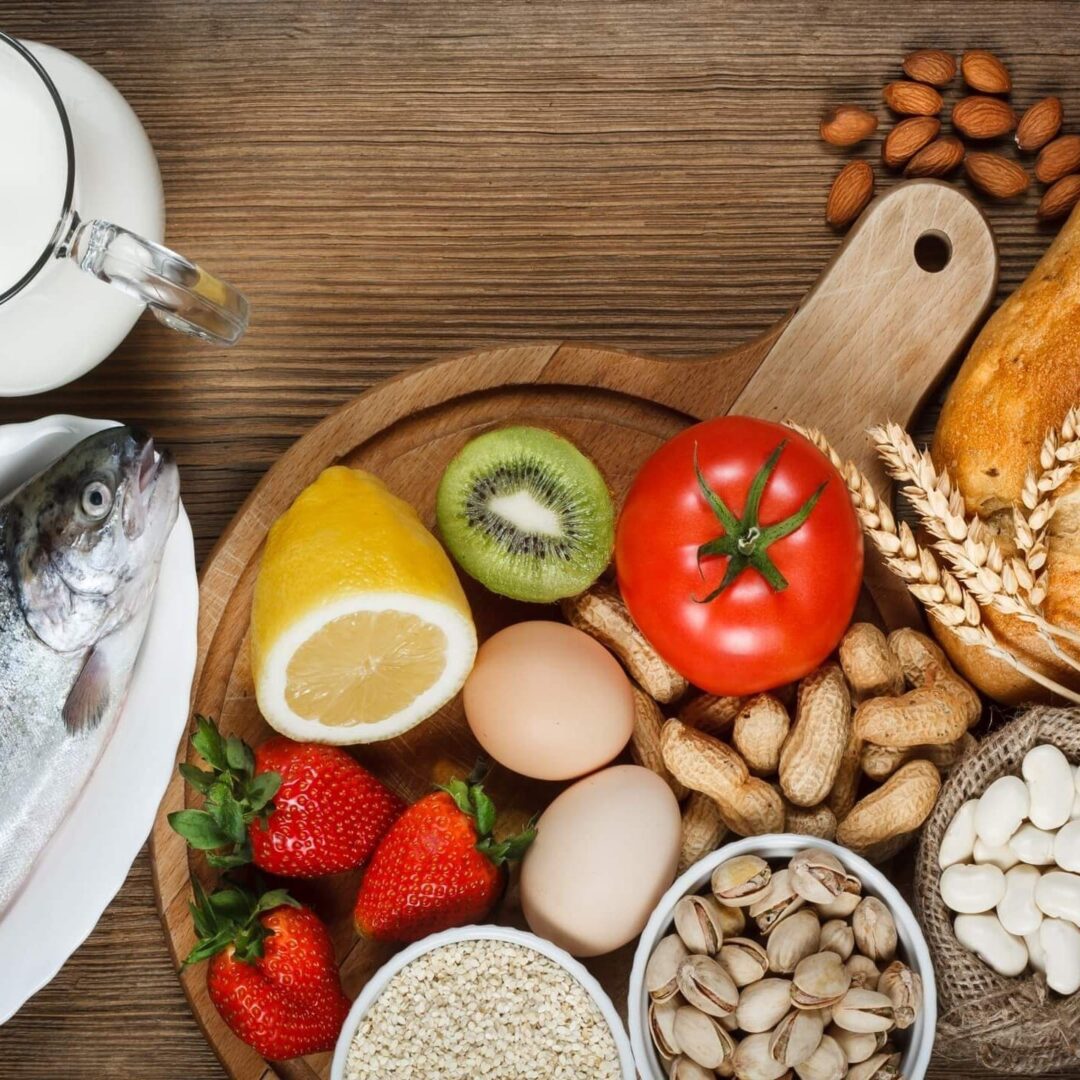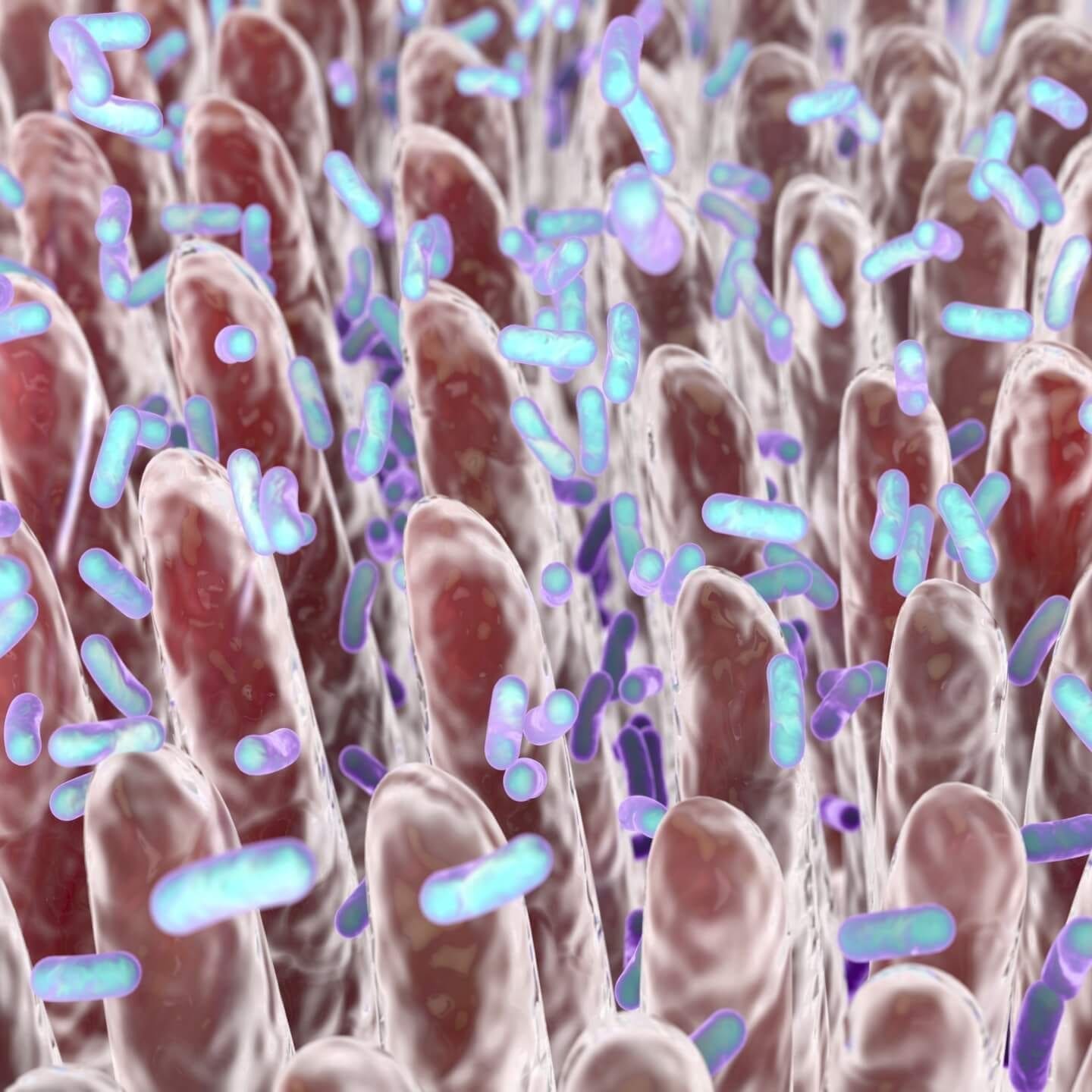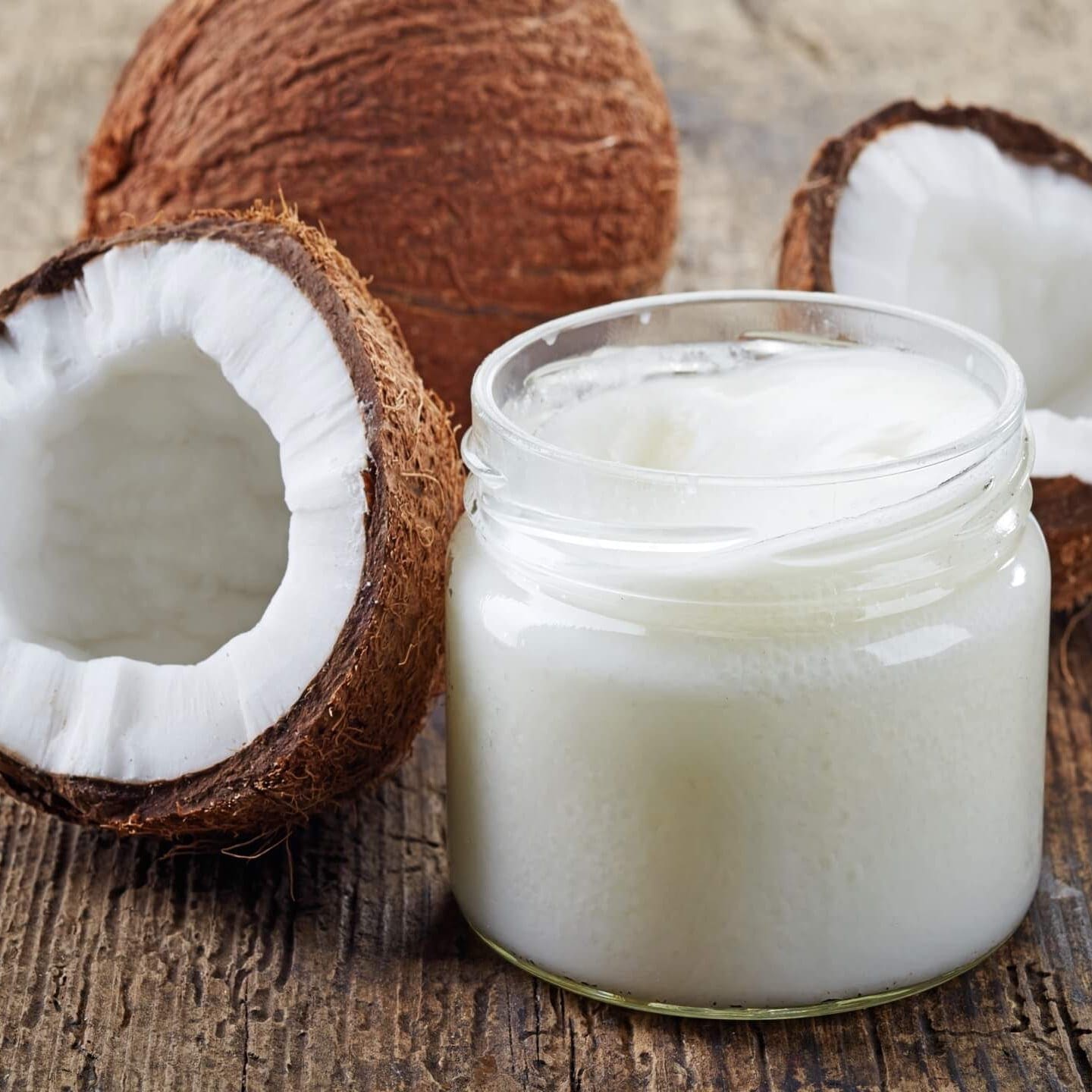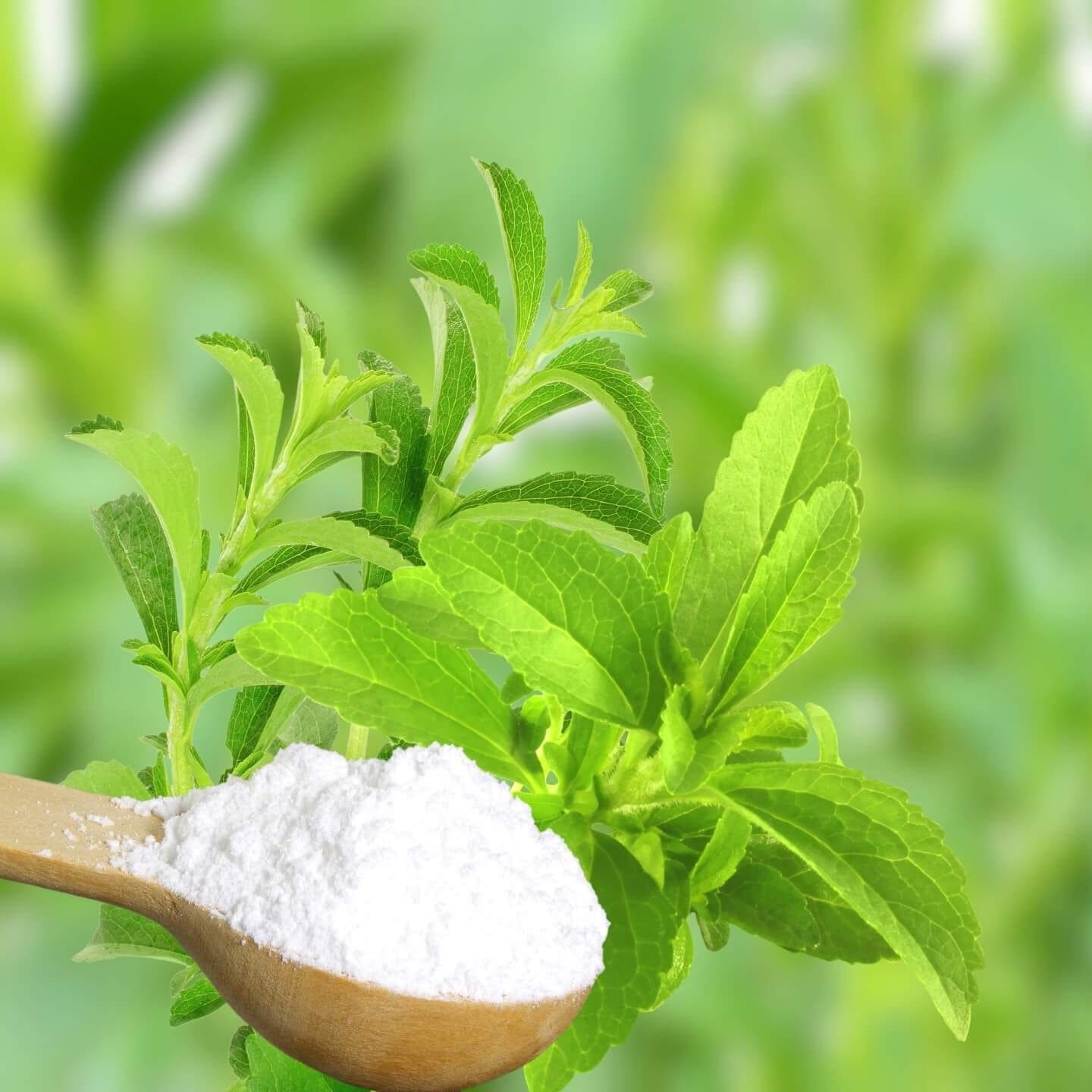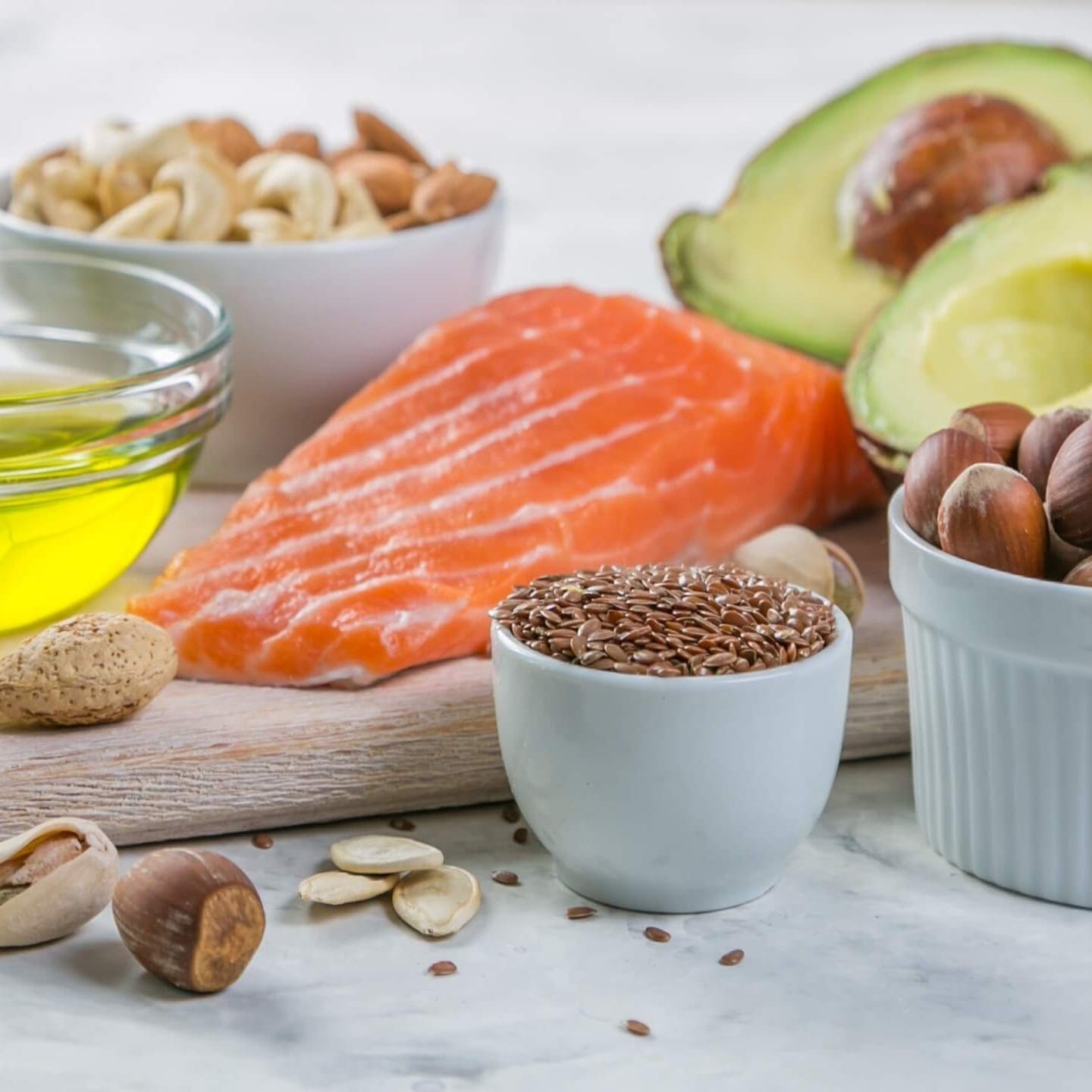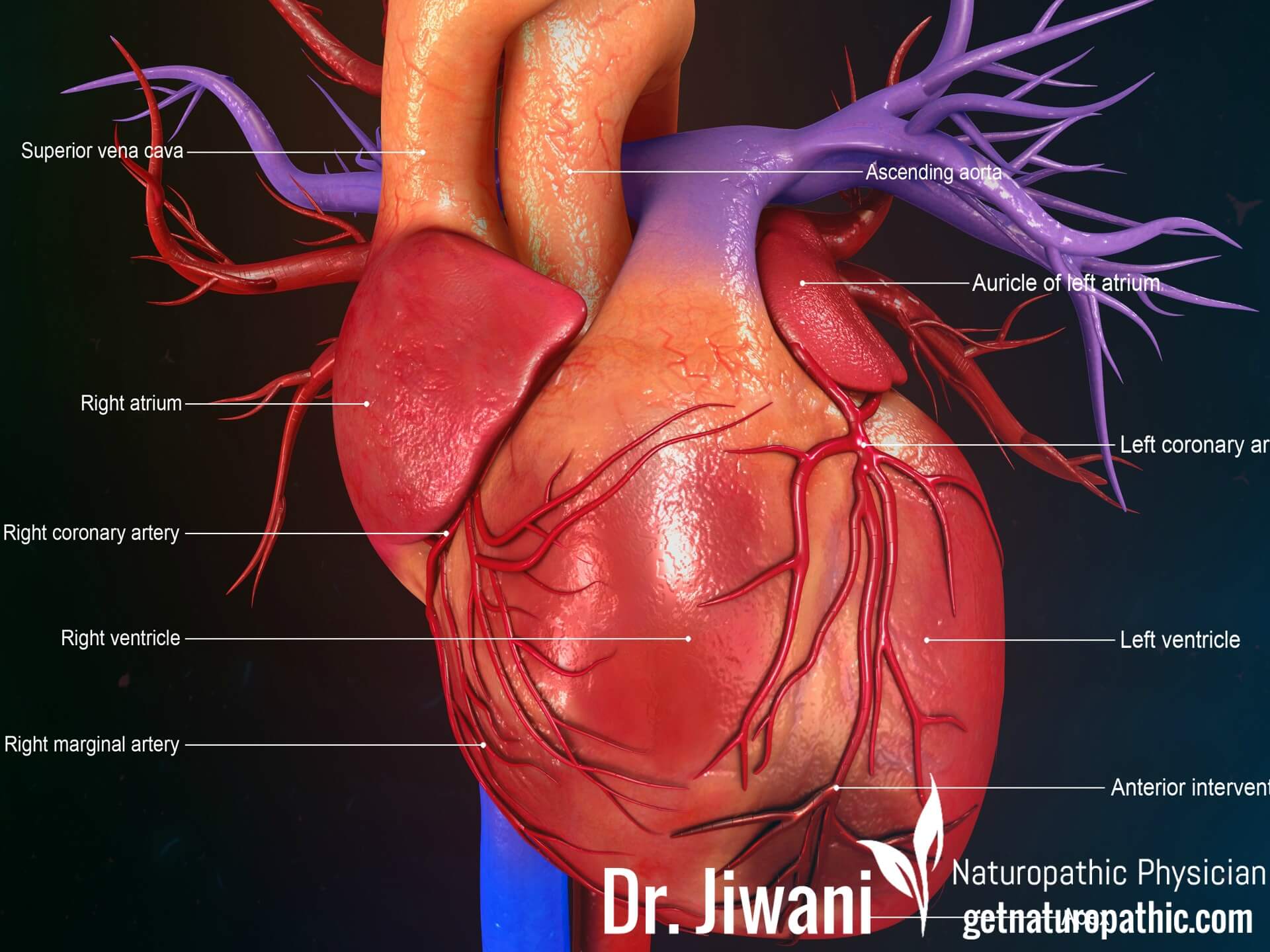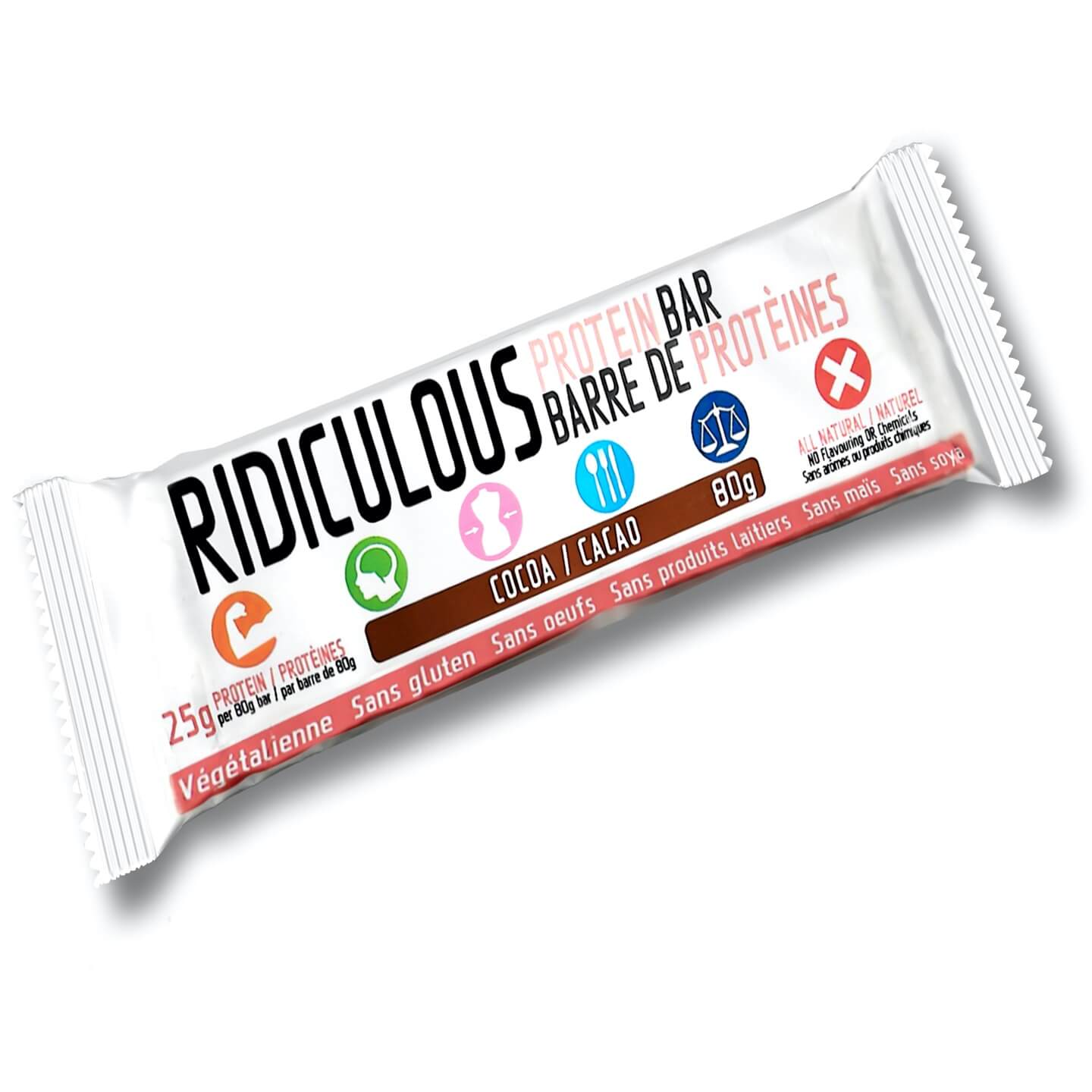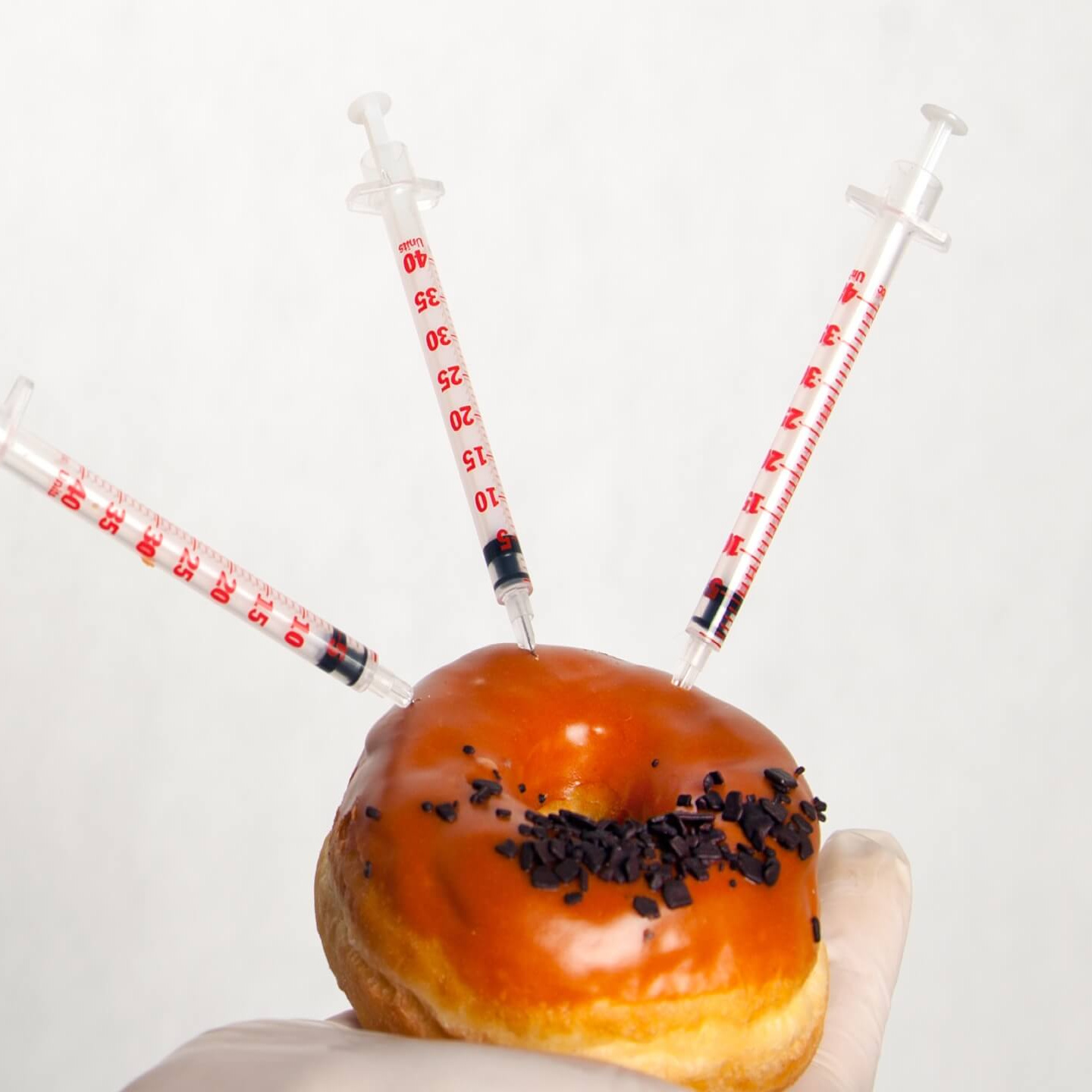Home »
Popular Posts
Calcium Supplements May Be Guilty of Causing Heart Attacks & Breast Cancer
Naturopathic Nuggets about Calcium
- Supplementing with Elemental Calcium 500 mg or more (with/without Vitamin D) may increase relative risk of Heart Attack by 27% & Stroke by 15%
- Wrong forms of Calcium (elemental from oyster shell, egg shell, limestone & hydroxyapatite bone meal) may cause calcium buildup in soft tissues, such as breast & heart leading to potentially life threatening illnesses (Heart Attack & Breast Cancer)
- Calcium supplementation without supportive nutrients, which guide Calcium to the bones, may precipitate calcium deposits in unwanted parts of the body, leading to with many severe health conditions
- The diagnosis of Osteoporosis is questioned, as increased bone density does not prevent fractures, and may increase breast cancer risk by 300%. Bone Density does not equal Bone Strength, which is your bone’s structural integrity tested during a fall or trauma
- Optimal health requires Non-Elemental Forms of Calcium supplemented with Magnesium, Vitamin D3, Vitamin K2, Silicon & Boron for biologically healthy use of Calcium in the body. They are like instruments in an orchestra; each must play their part to make beautiful music
- The best non-elemental form of Calcium is DimaCal®, superior to even Calcium citrate, as DimaCal® provides the highest mineral amount available, and is the best absorbed form of dietary calcium for optimal bone strength & remodelling
- Best sources for bone health nutrients are Dicalcium malate DimaCal®, Magnesium bisglycinate, Vitamin D3, Vitamin K2 (MK-7), Orthosilicic acid & Calcium fructoborate FruiteX-B®
Calcium & Bone Density
Bone fractures are more prevalent than breast cancer, heart attack & stroke combined. Osteoporosis Canada states at least one in three women and one in five men will experience an osteoporotic fracture during their life, with 80% of fractures in those over fifty years old. Calcium supplementation is used in prevention of bone fractures from Osteoporosis, however improving bone density does not equate to superior bone strength from just calcium supplementation. Other nutrients are required for optimal bone health, without adverse effects.
Calcium: Osteoporosis Diagnosis
The diagnosis of Osteoporosis relies on X-Ray Bone Scans (DXA) that measure how dense your bones are. However, real life falls or trauma actually tests your bone’s structural integrity that a bone scan does not measure. The other concern is that the T-scoring system is comparing your bone density to that of a 25 year old as healthy. It makes you wonder if age appropriate scoring were applied, how many diagnoses of osteoporosis & osteopenia would stand.
Calcium & Osteoporosis
Many calcium formulations are derived from oyster shells, egg shells, limestone or ground animal bone meal (hydroxyapatite). These elemental forms of Calcium, including Calcium carbonate derived from shells or limestone (cheapest source), haven’t shown clinical benefit in Osteoporosis. Calcium supplementation without other supportive nutrients is an issue. A study of 5,500 women saw increased hip fractures with calcium alone in Osteoporosis International 2008. The Clinical Journal of the American Society of Nephrology 2010 reviewed whether calcium supplements reduce fracture risk to find credible evidence lacking.
The Harvard Nurses’ Health Study investigated almost 78,000 women over twelve years to find that doubling cow’s milk consumption actually increased their relative risk for bone fractures by 45%, with two or more glasses of milk per day. Other calcium-rich foods did not reduce fracture incidence either. In fact, osteoporotic bone fracture rates are highest in countries that consume the most dairy, calcium, and animal protein per Lanou 2009. Countries with the lowest dairy and calcium intakes show the lowest bone fracture rates (The China Study).
Calcium: Potential Causes Of Osteoporosis
Bones are a constantly evolving tissue, which makes Osteoporosis a very complex and dynamic disease process.
Osteoporosis may stem from:
- Malabsorption from Leaky Gut Syndrome & Dysbiosis (Lack of Probiotics)
- Chronic Inflammation
- Nutrient Deficiencies
- Sedentary Lifestyle
- Hormone Imbalances
- Food Allergies
- Drug-Induced (Steroids, Acid-Blockers, Thyroid Medications)
- Acid/Alkaline Imbalance aggravated by:
- Dairy, Grains, Meat
- Caffeine, Alcohol, Sugar
- Pharmaceutical Drugs
- Chronic Stress
Calcium: A Double Edged Sword
Calcium causes Osteoporosis? That seems counterintuitive given your bones are made of calcium, but other players are involved. Calcium is the most abundant mineral in the body, essential for not only your bones, but also for your heart, nerves, clotting & hormones. In actual fact, your optimal health is about balance. Not just the balance of calcium, but the many nutrients integral to bone & overall health. The accessory nutrients, Magnesium, Vitamin D3, Vitamin K2, Silicon & Boron, are just as important as Calcium to optimize your health. They are like instruments in an orchestra, each must play their part to make beautiful music.
The Dutch researcher, Klompmaker, outlined the science clearly in his article on excessive calcium. Excessive amounts of calcium, whether through dairy products or supplementation, may be weakening our bones. This is due to the body’s protective mechanism of regulating calcium in the blood. The Calcium Lie, written by Dr. Robert Thompson, MD, explains how primary focus on Calcium, ignoring other supportive nutrients, not only aggravates your risk for osteoporosis, but may cause other mineral deficiencies & imbalances increasing your risk of obesity, diabetes type 2, hypothyroidism and others below.
Excess Calcium Deposits into Soft Tissues May Precipitate:
Bowel: Constipation, Gallstones, Crohn’s Disease
Bone: Bone Spurs, Tendonitis
Brain: Calcifications, Alzheimer’s
Breast: Calcifications that may lead to Cancer
Heart & Blood: Calcifications Arteries, Hardens Plaques, Arterial Blockages
Joints: Osteoarthritis
Kidneys: Kidney Stones
Prostate: Calcifications that may lead to Cancer
Skin: Cellulite & Scar Tissue
Calcium & Calcifications
Soft tissue calcifications and excessive calcium in bone is the body’s prevention of calcium overload in the blood. High calcium blood levels can be life-threatening as it can cause calcifications in the arteries, hardening arterial plaques causing arterial blockages and unstable plaques. This can lead to Clots, High Blood Pressure, Palpitations, Atrial Fibrillation, Heart Cramping, Heart Attack or Stroke.
Calcium & Breast Cancer
Breast tissue is very susceptible to calcifications, which is why X-ray Mammography is used to determine breast pathology. The Rotterdam Study 2003 found that a higher bone density may be associated with 2X increased risk of breast cancer. Journal of the National Cancer Institute determined elderly women with high BMD have up to 300% increased risk of malignant breast cancer, compared with women with low BMD.
Calcium & Heart Attacks
The British Medical Journal published a study on 8,000 people, concluding elemental calcium alone increased the relative risk of heart attack by 27%. Even Calcium with Vitamin D together still increased the risk of heart attack by 24%, with heart & stroke risk elevated by 15% per BMJ 2011.
Calcium & Brain Lesions
A study in the British Journal of Nutrition 2014 recently published ground shaking evidence. Supplemental calcium influenced brain lesions in older adults, similar to the magnitude as that of high blood pressure, a well-recognized factor. Even low doses caused the damage observed on brain MRI.
Not All Calcium Are Created Equal
The studies highlight the potential toxicity of elemental calcium to heart health. Elemental calcium sources include oyster shell, egg shell, limestone and animal bone meal (hydroxyapatite). These inorganic or elemental calcium forms are not bound to natural co-factors such as amino acids, fats & sugar nutrients. Natural co-factors provide radar for the body to deliver the calcium to healthful, appropriate places in your body for optimal function. When these are not present, calcium dysfunction occurs through soft tissue calcifications in the kidneys, joints, breasts, prostate, bowel, brain and bone.
Calcium: Same Mineral, Different Outfit
Non-Elemental forms of Calcium are bound to natural co-factors such as amino acids, fats & sugar nutrients. The best non-elemental form of Calcium is DimaCal® dicalcium malate. Comparative research has shown that DimaCal® is better absorbed than calcium carbonate, calcium citrate, and microcrystalline hydroxyapatite. DimaCal® provides the highest mineral amount available, and is the best absorbed form of dietary calcium for optimal bone strength & remodelling. DimaCal® is bound to naturally occurring malic acid (found in fruit), creating a tiny molecule, which provides better absorption, improved stomach tolerance, bioavailability & utilization of calcium in the body.
Calcium: The Missing Links: Vitamin K2, Silicon & Boron
Optimal health requires Non-Elemental Forms of Calcium supplemented with Magnesium, Vitamin D3, Vitamin K2, Silicon & Boron for biologically healthy use of Calcium in the body. They are like instruments in an orchestra, each must play their part to make beautiful music.
Calcium & Vitamin K2 as MK-7
Vitamin K2 is critical when supplementing with Calcium & Vitamin D, as Vitamin K2 guides the calcium into the bones, preventing soft tissue calcifications in the arteries, breast, kidneys & joints. While Vitamin D helps you absorb calcium, Vitamin K2 activates a hormone, osteocalcin, that binds the calcium into the bone matrix, while preventing calcium deposits in your arteries. Vitamin K2 has even been shown to remove calcium from soft tissues, improving artery flexibility, thereby reversing the potentially fatal consequences that Calcium & Vitamin D may have (Maresz 2015). A recent meta-analysis by Cockayne et al. shows Vitamin K2 significantly reduces various fractures of the spine, hip & non-spine by 60-80% respectively. Vitamin K deficiency with Calcium & Vitamin D supplementation would be more detrimental than no supplementation.
MK-7 is Superior to MK-4 as a Source for Vitamin K2 as:
- MK-4 in supplements is synthetic from an extract of the tobacco plant
- MK-4 Dietary sources are grassfed butter, eggs, goose liver, emu oil & gouda cheese
- MK-7 stays working in the body longer than synthetic MK-4 (longer half-life)
Silicon as Orthosilicic Acid
Orthosilicic acid is dietary form of Silicon. More evidence is surfacing for Orthosilicic acid in bone formation. Combined therapy of Orthosilicic acid with Calcium & Vitamin D3 showed superior effect on bone collagen than Calcium & Vitamin D3 alone.
An epidemiological study reported higher dietary silicon intake in men and younger women may have positive effects on skeletal health, especially bone strength. A secondary study found Silicon positively associated with bone density in postmenopausal women taking hormone replacement therapy (HRT), possibly linking estrogen status & silicon metabolism on bone health (Macdonald et al. 2005).
Silicon is Associated with Many Biological Effects in Your Body including:
- Bone Mineralization
- Collagen & Aging of Skin
- Hair & Nails
- Atherosclerosis (Hardening of Arteries)
- Alzheimers
Boron as Calcium Fructoborate
Calcium fructoborate is a natural soluble boron found in fresh fruits and vegetables. It is superior to boric acid/borate with its protective effect against inflammation. FruiteX-B® is the supplement form, nature-identical found safe and effective for osteoarthritis, symptoms of stress, bone loss and heart health (Mogosanu et al. 2016).
Boron is found within the mineral part of bone, and affects it by influencing estrogen & testosterone levels, calcium metabolism & utilization and other minerals in bone. Clinical research shows that Calcium fructoborate contributes to bone health by “controlling the inflammation associated with loss of bone mineral density” through its affect on C-reactive protein (CRP).
Per Nielsen 1996 & Nutrition Review 2008, Boron deficiency symptoms include Arthritis, Bone Loss, Osteoporosis & Weakened Immunity.
Supplementing with Boron as Calcium Fructoborate May Pprevent:
Calcium in an Oyster Shell
Bone health is beyond Calcium & Vitamin D, which alone may cause Breast Cancer & Heart Attacks. The research supports avoiding elemental Calcium supplementation (oyster shell, egg shell, limestone and bone meal, hydroxyapatite), in favor of calcium bound to natural compounds. DimaCal® dicalcium malate is the best natural calcium, that provides the smallest molecule for highest absorption & utilization of calcium in the body. The essential addition of other complementary nutrients, in their most bioavailable forms, are required for optimal bone health, while avoiding chronic disease. These nutrients include Magnesium bisglycinate, Vitamin D3, Vitamin K2 (MK-7), Orthosilicic acid & Calcium fructoborate FruiteX-B®.
Related Leaky Gut Syndrome: Science, Symptoms & Solutions
References
Benderdour M, Bui-Van T, Dicko A, Belleville F. In vivo and in vitro effects of boron and boronated compounds. J Trace Elem Med Biol. 1998;12:2–7.
Calomme M, Geusens P, Demeester N, Behets GJ, D’Haese P, Sindambiwe JB. et al. Partial prevention of long-term femoral bone loss in aged ovariectomized rats supplemented with choline-stabilized orthosilicic acid. Calcif Tissue Int. 2006;78(4):227–232.
Campbell, TC, and Thomas M. Campbell. The China Study: The Most Comprehensive Study of Nutrition Ever Conducted and the Startling Implications for Diet, Weight Loss and Long-Term Health. , 2006. Print.
Carlisle EM. Silicon: an essential element for the chick. Science. 1972;178:619–621.
Cockayne S, Adamson J, Lanham-New S, et al. Vitamin K and the prevention of fractures: systematic review and meta-analysis of randomized controlled trials. Arch Intern Med 2006;166:1256–61.
Cui Y, Winton MI, Zhang ZF, Rainey C, Marshall J, De Kernion JB, Eckhert CD. Dietary boron intake and prostate cancer risk. Oncol Rep. 2004;11:887–892.
Eisinger J, Clairet D. Effects of silicon, fluoride, etidronate and magnesium on bone mineral density: a retrospective study. Magnes Res. 1993;6(3):247–249.
Feskanich D, Willett WC, Stampfer MJ, Colditz GA. Milk, dietary calcium, and bone fractures in women: a 12-year prospective study. American Journal Of Public Health. 1997 Jun;87(6):992-7.
Hunt CD. Dietary boron: progress in establishing essential roles in human physiology. J Trace Elem Med Biol. 2012;26:157–160.
Jugdaohsingh R, Tucker KL, Qiao N, Cupples LA, Kiel DP, Powell JJ. Dietary silicon intake is positively associated with bone mineral density in men and premenopausal women of the Framingham Offspring cohort. Journal of Bone and Mineral Research. 2004 Feb 1;19(2):297-307.
Jurkić LM, Cepanec I, Pavelić SK, Pavelić K. Biological and therapeutic effects of ortho-silicic acid and some ortho-silicic acid-releasing compounds: New perspectives for therapy. Nutrition & Metabolism. 2013 Jan 8;10(1):2.
Lanou AJ. Should dairy be recommended as part of a healthy vegetarian diet? Counterpoint. The American Journal Of Clinical Nutrition. 2009 May 1;89(5):1638S-42S.
Macdonald HM, Hardcastle AC, Jugdaohsingh R, Fraser WD, Reid DM, Powell JJ. Dietary silicon interacts with oestrogen to influence bone health: Evidence from the Aberdeen Prospective Osteoporosis Screening Study. Bone. 2012;50(3):681–687.
Marcus R. Clinical review 76: the nature of osteoporosis. J Clin Endocrinol Metab. 1996;81(1):1–5.
Maresz K. Proper calcium use: Vitamin K2 as a promoter of bone and cardiovascular health. Integrative Medicine: A Clinician’s Journal. 2015 Feb;14(1):34.
Militaru C, Donoiu I, Craciun A, Scorei ID, Bulearca AM, Scorei RI. Oral resveratrol and calcium fructoborate supplementation in subjects with stable angina pectoris: effects on lipid profiles, inflammation markers, and quality of life. Nutrition. 2013;29:178–183.
Mogoşanu GD, Biţă A, Bejenaru LE, Bejenaru C, Croitoru O, Rău G, Rogoveanu OC, Florescu DN, Neamţu J, Scorei ID, Scorei RI. Calcium fructoborate for bone and cardiovascular health. Biological Trace Element Research. 2016 Aug 1;172(2):277-81.
Moukarzel AA, Song M, Buchman AL, Ament ME. Silicon deficiency may be involved in bone disease of parenteral nutrition. J Am Coll Nutr. 1992;11:584.
Nielsen FH. Evidence for the nutritional essentiality of boron. J Trace Elem Exp Med. 1996;9:215–229.
Nielsen FH. Is boron nutritionally relevant? Nutr Rev. 2008;66:183–191.
Osteoporosis Canada. Osteoporosis Facts & Statistics [Internet]. Osteoporosis Canada. 2017 [cited 10 April 2017]. Available from: http://www.osteoporosis.ca/osteoporosis-and-you/osteoporosis-facts-and-statistics/
Reid IR, Bolland MJ, Grey A. Effect of calcium supplementation on hip fractures. Osteoporosis International. 2008 Aug 1;19(8):1119-23.
Reyes-Izquierdo T, Nemzer B, Gonzalez AE, Zhou Q, Argumedo R, Shu C, Pietrzkowski Z. Short-term intake of calcium fructoborate improves WOMAC and McGill scores and beneficially modulates biomarkers associated with knee osteoarthritis: a pilot clinical double-blinded placebo-controlled study. Am J Biomed Sci. 2012;4:111–122.
Scorei ID, Scorei IR. Calcium fructoborate helps control inflammation associated with diminished bone health. Biol Trace Elem Res. 2013;155:315–321.
Scorei R, Ciubar R, Ciofrangeanu CM, Mitran V, Cimpean A, Iordachescu D. Comparative effects of boric acid and calcium fructoborate on breast cancer cells. Biol Trace Elem Res. 2008;122:197–205.
Seeman E. Evidence that calcium supplements reduce fracture risk is lacking. Clinical Journal of the American Society of Nephrology. 2010 Jan 1;5(Supplement 1):S3-11.
Spector TD, Calomme MR, Anderson SH, Clement G, Bevan L, Demeester N, Swaminathan R, Jugdaohsingh R, Berghe DA, Powell JJ. Choline-stabilized orthosilicic acid supplementation as an adjunct to calcium/vitamin D3 stimulates markers of bone formation in osteopenic females: a randomized, placebo-controlled trial. BMC Musculoskeletal Disorders. 2008 Jun 11;9(1):85.
Thompson R, Barnes K. The Calcium Lie. Brevard (NC): InTruthPress; 2008.
van der Klift M, de Laet CE, Coebergh JW, Hofman A, Pols HA. Bone mineral density and the risk of breast cancer: the Rotterdam Study. Bone. 2003 Mar 31;32(3):211-6.
Zmuda JM, Cauley JA, Ljung BM, Bauer DC, Cummings SR, Kuller LH, Study of Osteoporotic Fractures Research Group. Bone mass and breast cancer risk in older women: differences by stage at diagnosis. Journal of the National Cancer Institute. 2001 Jun 20;93(12):930-6.
This information is for educational purposes only and does not advocate self-diagnosis. Due to individual variability, consultation with a licensed health professional, such as a licensed naturopathic physician is highly recommended, prior to starting a natural treatment plan. For further information, see Terms of our Website.
Follow Dr. Jiwani
Popular Posts


